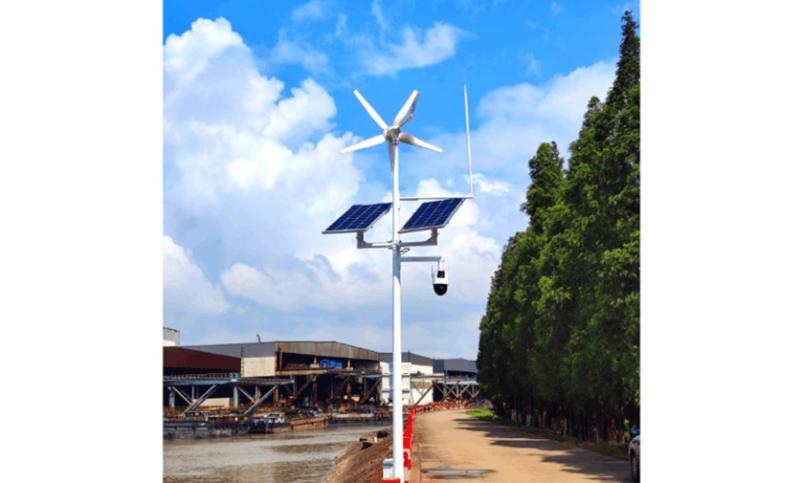- Product
- Suppliers
- Manufacturers
- Solutions
- Free tools
- Knowledges
- Experts
- Communities
Search
-
無料ツール
-
IEE Businessは電気工学設計と電力調達予算のための無料のAI駆動ツールを提供:パラメータを入力し、計算をクリックすると、トランスフォーマー、配線、モーター、電力設備コストなど、即時結果を得ることができます—世界中のエンジニアが信頼するもの
-
-
サポートとスポンサーシップ
-
IEE-Businessは革新的なソリューション企業と専門家をサポートし価値と出会うプラットフォームを作り出す優れた技術知識技術知識を共有してスポンサーから収入を得る優れたビジネスソリューションスポンサーからの収益を得るためにビジネスソリューションを作成および参加優秀な個人専門家スポンサーに才能をアピールし未来を勝ち取る
-
-
コミュニティ
-
専門コミュニティを作成業界の関係者、潜在的なパートナー、意思決定者を見つけ、IEE-Businessの成長に繋げる個人ネットワークを拡大する業界の関係者、潜在的なパートナー、意思決定者と連携して成長を加速します。さらに多くの組織を発見対象企業、協力者、業界リーダーを探求して新たなビジネス機会を開放Join Diverse Communitiesテーマ別ディスカッション、業界交流、リソース共有に参加して、あなたの影響力を高めましょう。
-
-
パートナーシップ
パートナー
-
-
IEE Businessパートナープログラムに参加するビジネス成長の促進 ー 技術ツールからグローバルビジネス拡大まで
-
-
-
日本語
-
- English
- Afrikaans
- العربية
- Azərbaycan dili
- български
- বাংলা
- Català
- Cebuano
- čeština
- Dansk
- Deutsch
- Ελληνικά
- Esperanto
- Español
- Eesti keel
- Euskara
- دری
- فارسی
- suomi
- Filipino
- français
- Gaeilge
- Galego
- Hausa
- עברית
- हिन्दी
- Hrvatski
- magyar nyelv
- հայերեն
- Bahasa Indonesia
- Íslenska
- Italiano
- 日本語
- ქართული
- Қазақ тілі
- ಕನ್ನಡ
- 한국어
- Kurdî
- Latina
- Latviešu valoda
- македонски јазик
- Bahasa Melayu
- Malti
- नेपाली
- Nederlands
- Norsk
- ਪੰਜਾਬੀ
- polski
- پښتو
- Português
- Русский язык
- සිංහල
- Slovenščina
- српски језик
- Svenska
- Kiswahili
- தமிழ்
- తెలుగు
- ไทย
- Tagalog
- Türkçe
- українська мова
- اردو
- Oʻzbek tili
- Tiếng Việt
-
-
日本語
-
- English
- Afrikaans
- العربية
- Azərbaycan dili
- български
- বাংলা
- Català
- Cebuano
- čeština
- Dansk
- Deutsch
- Ελληνικά
- Esperanto
- Español
- Eesti keel
- Euskara
- دری
- فارسی
- suomi
- Filipino
- français
- Gaeilge
- Galego
- Hausa
- עברית
- हिन्दी
- Hrvatski
- magyar nyelv
- հայերեն
- Bahasa Indonesia
- Íslenska
- Italiano
- 日本語
- ქართული
- Қазақ тілі
- ಕನ್ನಡ
- 한국어
- Kurdî
- Latina
- Latviešu valoda
- македонски јазик
- Bahasa Melayu
- Malti
- नेपाली
- Nederlands
- Norsk
- ਪੰਜਾਬੀ
- polski
- پښتو
- Português
- Русский язык
- සිංහල
- Slovenščina
- српски језик
- Svenska
- Kiswahili
- தமிழ்
- తెలుగు
- ไทย
- Tagalog
- Türkçe
- українська мова
- اردو
- Oʻzbek tili
- Tiếng Việt
-























